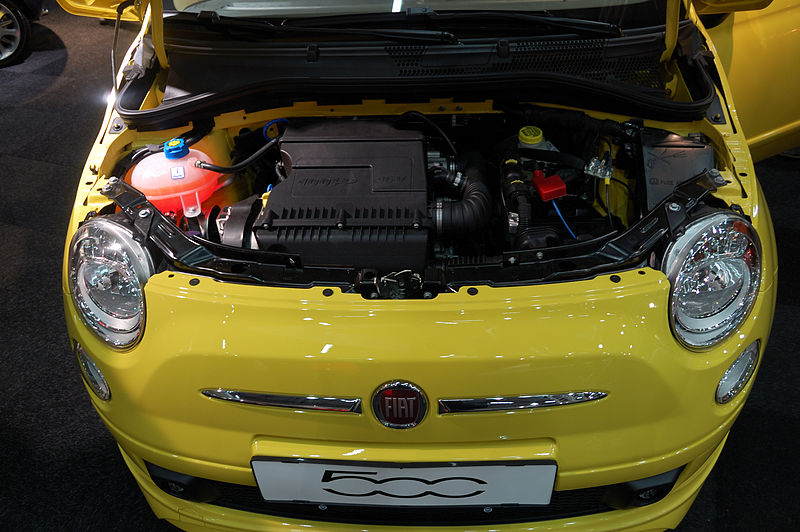
Licensing began last week for the latest engine oil specifications from Europes auto industry – a long-awaited update that significantly raises lubricant performance in several areas.
Dec. 1 marked the commercial introduction of the ACEA 2016 Oil Sequences for passenger vehicles and heavy-duty trucks. The latest specifications from European Automobile Manufacturers Association (ACEA) come four years after the previous upgrade and raise the bar for compatibility with new engine designs, tolerance of alternative fuels, fuel efficiency and compatibility with new seals materials.
This means a substantial increase in required performance from ACEA 2012 to ACEA 2016, and the industry must be prepared, lubricant additive supplier Lubrizol Corp. stated on its website.
The ACEA sequences are industry standards developed by the associations 15 automaker members working in cooperation with representatives of the lubricant, chemical additive and engine testing industries. Some original equipment manufacturers selling vehicles in Europe advise customers to use engine oils that meet the ACEA sequences, while others develop their own specs, usually based on ACEA sequences with additional requirements.
With growing numbers of European vehicles being sold in other regions, the ACEA specs are attracting growing interest around the world.
The ACEA specifications include two sequences for passenger vehicles. A/B oils are for gasoline- and diesel-powered vehicles and containing high levels of sulfated ash, phosphorus and sulfur. These substances, referred to collectively as SAPS, have traditionally popular lubricant additives but can compromise emissions control systems used in modern vehicles. C sequences are for gasoline and diesel oils with low levels of SAPS, while E is for heavy-duty.
The 2016 sequences were originally intended to be introduced in 2014. Instead, they come four years after the previous update, about twice as long as normal. From 2002 to 2012, the association introduced six updates.
The main reason for the delay was that automakers had a longer list of performance parameters that needed to be addressed. The organization developed two new engine tests – the CEC L-107 (conducted using an M271 Evo engine) and the CEC L-111 (run on an EP6CDT) test for an oils ability to prevent creation of black sludge and piston deposits, which have become problematic for the growing number of vehicles equipped with gasoline direct injection and turbocharged gasoline direct injection.
The 2016 sequences include two more tests – the CEC L-104 (OM646 Bio) and the CEC L-109 Oxidation Test in the Presence of Biodiesel – designed to cope with Europes growing use of alternative fuels, specifically the fact that biofuels tend to accumulate in engine oil sumps where they can accelerate oil oxidation and thickening and formation of deposits. The CEC L-106 (DV6C) Medium Temperature Dispersivity test was developed to gauge an oils ability to prevent thickening and deposits in light-duty diesel engines equipped with diesel particulate filters, which prevent soot emissions but dump captured soot into the oil.
A new oil category – C5 – was established that sets more stringent requirements for the existing M111 test to identify oils that make passenger vehicles more fuel efficient. The association also re-made the CEC L-113 test for seal compatibility, taking into account that new European Union chemicals regulations have restricted use of materials that were formerly popular in seals and gaskets and forced industry to replace them with new materials.
The start of the licensing period means that marketers of engine oils that have been documented for meeting the new sequences may now be promoted as doing so, whether on oil containers or in promotions. Oil companies may also continue marketing oils that meet ACEA 2012 for one year.
To download the ACEA Engine Oil Sequences 2016 document and access the ACEA Engine Oil Registration page, visit the associations web site.
Photo: Cha già José/Wiki Media Commons
